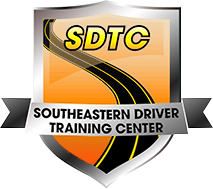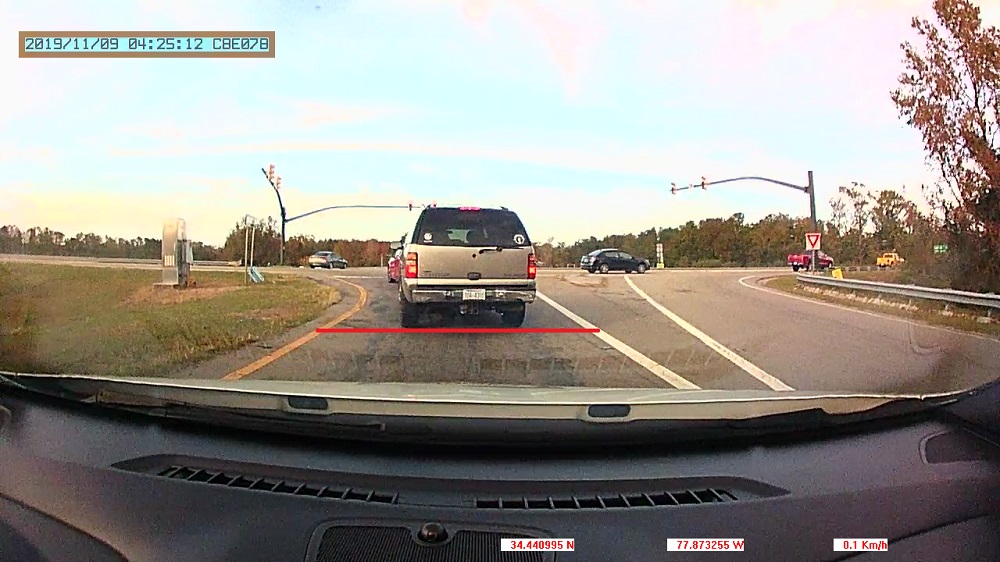Back in 1952 a man by the name of Harold Smith came up with five rules to help people become safer drivers. Amazingly, nearly 70 years later these same rules still remain relevant to driving today. In this post we will briefly break down each of these five rules.
Rule #1: Aim High in Steering
Aim high in steering means drivers should be looking ahead 10 to15 seconds when traveling down the roadway. Essentially, where will my car be in the next 10 to 15 seconds. By doing this, drivers can identify potential hazards earlier and have more time to take the appropriate action. The earlier you can identify a hazard, the more likely you are to avoid it.
Rule #2: Get the Big Picture
Getting the big picture means you are utilizing all of the available information to determine and understand what the potential hazards are or could be when driving. For example, you’re driving down the road and notice yellow, pentagon shaped signs and roadway markings indicating there is a school ahead. What are the potential hazards you may encounter? Kids crossing the road, crossing-guards, school buses, parents picking up and dropping off their kids at school are all potential hazards. Another example of getting the big picture might be staying alert for children when driving through a neighborhood and seeing toys in the front yard of a house along the side of the road.
Rule #3: Keep Your Eyes Moving
Defensive drivers always keep their eyes moving and scan the roadway ahead. When we stare straight ahead we have a tendency to “zone out” while we are driving. By scanning the road ahead we are constantly introducing new information into our brain which will help us stay alert. Scanning left and right as you cross by side streets and intersections to hopefully identify potential hazards is critical in order to be a defensive driver.
Rule #4: Leave Yourself an Out
Leaving yourself an out essentially means that you are always trying to leave yourself an escape route in the event an emergency or unexpected event arises. There are two ways you can try to do this. First, with your following distance. Make sure to leave yourself ample following distance between yourself and the car ahead of you. (see previous post “What’s A Good Following Distance for more information on this) This distance will help you to make smoother, more gradual stops and it might also afford you the space you need to take evasive action in the event of an emergency. Second, when you stop behind another vehicle, make sure you can see their rear tires touching the pavement. If you can see their rear tires touching the pavement this allows you enough room to turn out from behind this car without having to reverse first. So if the car ahead breaks down in the roadway or if you look up and see an inattentive driver approaching rapidly from behind, this will hopefully allow you enough time and space to steer out from behind the car ahead and avoid the hazard. (see picture attached to this post)
Rule #5: Make Sure They See You
What’s the most common cause of crashes involving motorcycles? Failure to yield because a motorist didn’t see the motorcycle approaching. Whether you’re driving a car or motorcycle you should try to make yourself as visible as possible to others. This can be done by utilizing your headlights, turn signals and horn. Even the color of your car can makes you more or less visible. If you’re driving a silver or gray colored car it might blend in with the color of the roadway and make your car less visible. Anything we can do to make ourselves more visible reduces the likelihood that we become involved in a crash.
There you go. Those are the five rules of the Smith System. If we apply and utilize these rules each time we get behind the wheel we can increase the odds that we will make it to our destination without incident.

